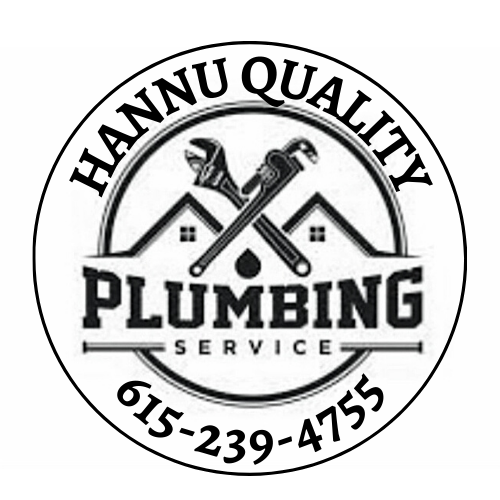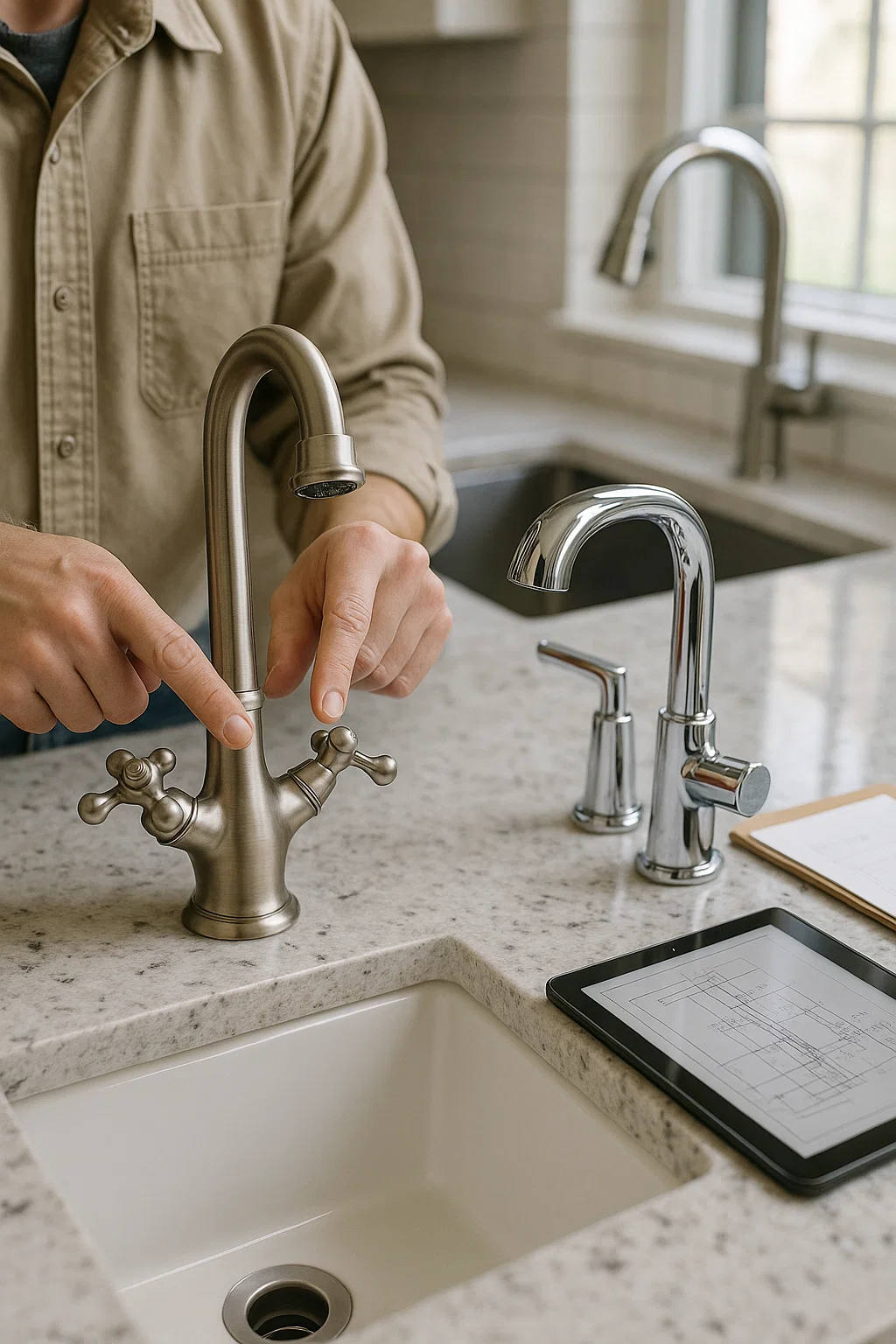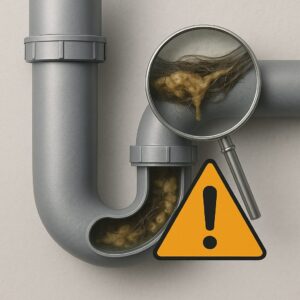When choosing plumbing fixtures, homeowners must consider more than just looks. Selecting high-quality, water-efficient, and stylish fixtures for your kitchen and bathroom is essential to maintaining a functional and attractive home. With the right expert advice, you can avoid costly replacements and enhance your property’s value.
In this guide, we’ll walk you through how to make the best decisions when it comes to taps, sinks, showerheads, and more. Whether you’re remodeling or upgrading, these tips from Hannu Quality Plumbing will help you choose fixtures that stand the test of time.
1. Understanding the Basics: What Makes a Good Plumbing Fixture?
Functionality Meets Aesthetics
The first step in choosing plumbing fixtures is knowing what matters most: performance, durability, and design. While many homeowners are tempted by low-cost options, it’s crucial to consider long-term reliability. A well-chosen fixture saves water, resists wear and tear, and complements your interior style.
Key factors to consider:
- Material: Brass and stainless steel offer durability and corrosion resistance.
- Finish: Chrome, matte black, and brushed nickel are popular choices for both kitchens and bathrooms.
- Water efficiency: Look for EPA WaterSense labels to reduce water usage.
From a professional bathroom faucet guide to kitchen sink tips, the goal is to balance form with function.
2. Bathroom Fixture Tips: Style and Sustainability
Get the Best Out of Your Bathroom
When upgrading your bathroom, the faucet and showerhead are often the focal points. Using a reliable bathroom faucet guide, homeowners can easily identify which models combine beauty with eco-friendliness.
Recommended considerations:
- Single-handle vs. double-handle faucets
- Aerators for water efficiency
- Thermostatic shower valves for temperature control
Don’t forget that fixtures can make or break the look of your bathroom. Matte black and brass finishes are on-trend, while water-saving features can significantly reduce your utility bills.
Every selection made here should reflect comfort, hygiene, and sustainability—making choosing plumbing fixtures an intentional, value-driven decision.
3. Kitchen Sink Tips: Practicality and Performance
Make the Heart of the Home Work for You
The kitchen sink area sees heavy daily use, so durable fixtures are essential. Here are our top kitchen sink tips:
- Choose a deep sink to accommodate large pots and pans.
- Opt for pull-down or pull-out faucets for greater flexibility.
- Select fixtures with ceramic disc valves to prevent drips and leaks.
Your faucet should offer ease of use and match the rest of your kitchen aesthetic. Stainless steel remains a top pick for hygiene and resilience.
Additionally, for more home-wide improvements beyond your fixtures, explore our complete general plumbing services to ensure every component of your system functions efficiently.
And remember—making the wrong decision can lead to regrets. You might want to learn about common DIY plumbing mistakes before attempting your own installation.
4. Matching Fixtures with Home Style and Layout
Cohesion and Flow Across All Rooms
While performance is essential, your fixtures should also complement your home’s style. From vintage to modern minimalist, every aesthetic has fixtures to match.
Tips for matching:
- Use consistent finishes across rooms for unity.
- Select styles that reflect your cabinetry and countertop design.
- Think about long-term trends rather than short-lived fads.
Choosing plumbing fixtures also depends on the space you’re working with. In smaller homes or apartments, wall-mounted or compact fixtures can free up space without sacrificing quality or performance.
This section’s advice is particularly helpful when combined with insights from your bathroom faucet guide or kitchen sink tips, giving your entire home a well-planned appearance.
5. Expert Advice: When to Call a Professional Plumber
Avoid Costly Mistakes by Getting It Right the First Time
It’s tempting to go the DIY route when replacing fixtures—but it’s not always wise. Minor mistakes can lead to leaks, water damage, and inefficient setups. That’s why calling in a licensed professional, like our team at Hannu Quality Plumbing, is often the best move.
Professionals ensure:
- Proper fitting to avoid leaks
- Optimal water pressure and temperature balance
- Compliance with local plumbing codes
We help customers with everything from choosing plumbing fixtures to full installations, ensuring quality and satisfaction every time.
6. Final Thoughts: The Smart Way to Choose Plumbing Fixtures
Whether you’re building a new home or upgrading an existing one, choosing plumbing fixtures wisely can save you money, reduce your water usage, and boost your home’s visual appeal. By leveraging tools like a bathroom faucet guide and reliable kitchen sink tips, and relying on expert help, you ensure your investment lasts for years.
Visit Hannu Quality Plumbing for trusted advice, high-quality installations, and service that puts your satisfaction first.
FAQs: Choosing Plumbing Fixtures for Your Home
1. What are the most durable materials for plumbing fixtures?
Brass and stainless steel are considered the most durable. They resist corrosion and last longer under constant use, making them ideal for both bathrooms and kitchens.
2. How do I know if a fixture is water-efficient?
Look for products labeled with the WaterSense certification. These fixtures reduce water use without sacrificing performance, a top feature when choosing plumbing fixtures.
3. Are single-handle or double-handle faucets better for bathrooms?
It depends on your preference. Single-handle faucets are easier to use, while double-handle options allow finer temperature control. Follow a bathroom faucet guide to see which fits your needs.
4. Can I install kitchen sink fixtures myself?
While it’s possible, DIY plumbing often leads to leaks or poor performance. For safety and efficiency, consider consulting a plumber. Learn about common DIY plumbing mistakes before starting.
5. How do I match new fixtures with my existing kitchen layout?
Use kitchen sink tips that focus on dimensions, water pressure, and finish consistency to ensure everything aligns perfectly with your cabinetry and countertops.



